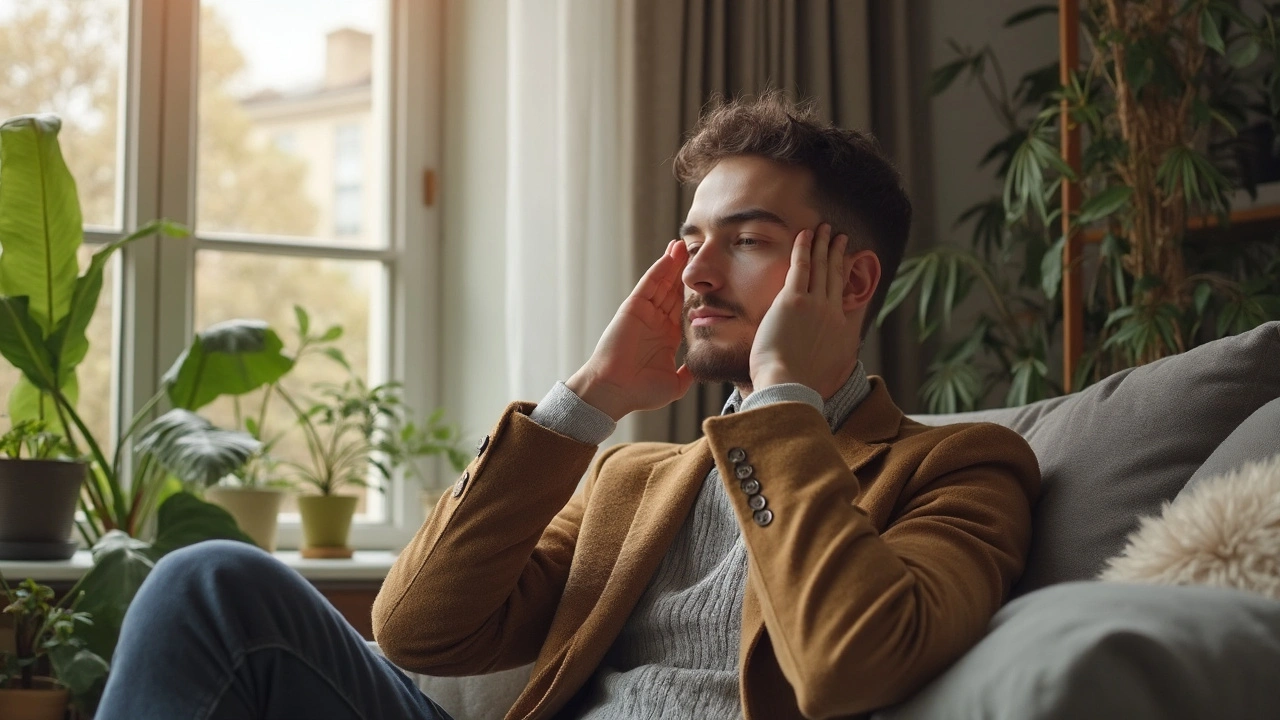If a migraine hits you out of nowhere, you probably wish you had a fast, drug‑free fix. Good news: a few minutes of the right massage can calm the throbbing, loosen tight muscles, and cut the stress that fuels headaches. In this guide I’ll show you which spots to work on, how to do it without any fancy equipment, and when a professional touch might be worth the extra cost.
When a migraine starts, the muscles around your neck, shoulders, and scalp often tighten up. That tension puts pressure on nerves and blood vessels, making the pain feel worse. By gently pressing and kneading those areas, you improve blood flow and signal your brain that the threat is over. A light scalp massage also releases endorphins, the body’s natural painkillers, which can lower the intensity of the attack within minutes.
Neck release: Sit upright, tilt your head left, and use your right hand to apply gentle pressure on the left side of your neck. Hold for 20‑30 seconds, then switch sides. This loosens the trapezius muscle, a common migraine trigger.
Scalp rub: Place your fingertips on your forehead, then move them in small circles toward the hairline. Spend about a minute on each side. The motion mimics a professional scalp massage and can calm the nerves that fire during a migraine.
Temples and jaw: With your thumb and index finger, press lightly on one temple, then the other, for 10 seconds each. Follow by opening your mouth wide, then relaxing it a few times. This eases tension in the temporomandibular joint, which often contributes to headache pain.
All of these moves require no oils, tools, or appointments—just a few minutes of focused pressure. Do them as soon as you sense the first migraine sign, like visual disturbances or a tightening feeling around your head.
Besides massage, stay hydrated, keep a regular sleep schedule, and avoid loud, flickering lights. Those simple habits reduce the number of migraine episodes over time. If you notice a pattern—like migraines after long hours at a desk—adjust your workstation: raise your monitor to eye level, use a supportive chair, and take micro‑breaks to stretch.
When home tricks don’t bring relief within 30‑45 minutes, or the pain is severe, it’s time to call a professional. A qualified therapist can tailor deeper techniques, such as trigger point therapy or myofascial release, to address chronic tension. In some cases, a physician’s assessment is needed to rule out other causes.
Remember, migraine relief isn’t a one‑size‑fit‑all solution. Mixing easy massage moves with good hydration, posture checks, and proper rest gives you a solid toolbox for everyday attacks. Try the steps above the next time a migraine looms, and you’ll likely feel the pressure lift faster than you expected.

Migraine and headache relief doesn’t have to come in a pill bottle. Body massage offers a natural way to kick those nasty headaches to the curb, tapping into your own body’s power to heal and relax. I dive deep into how and why body massage works so well for migraine sufferers, what really happens during a session, what to expect for your wallet, and give winking, real talk advice any man can use. I’m serving up the full, skin-on-skin scoop, wild stories included.